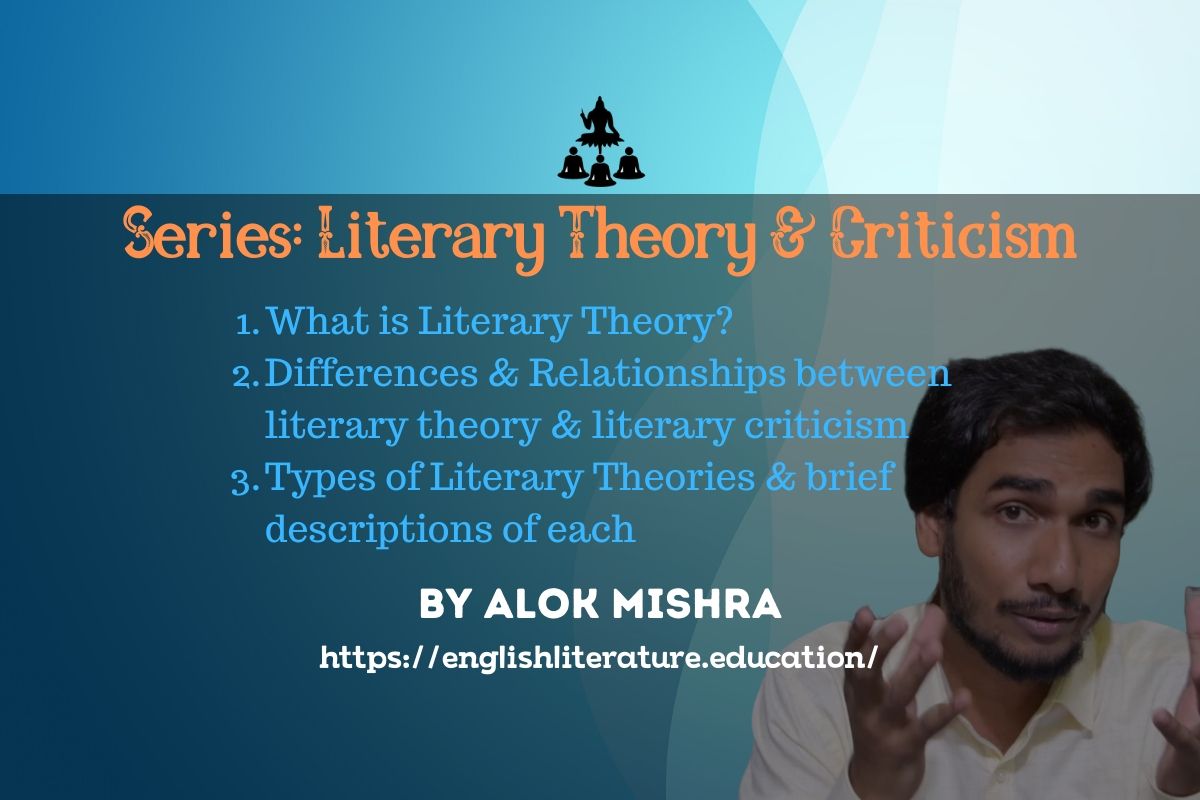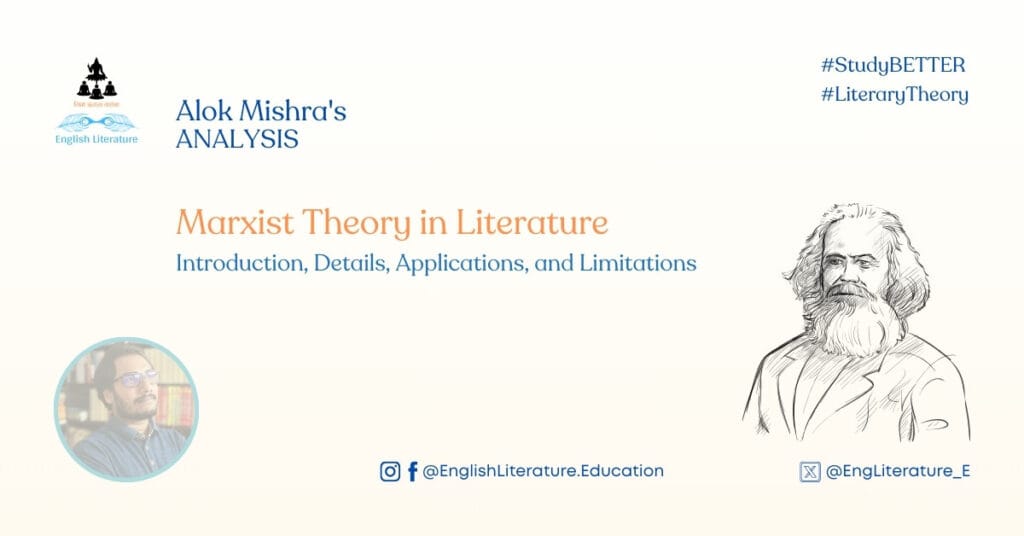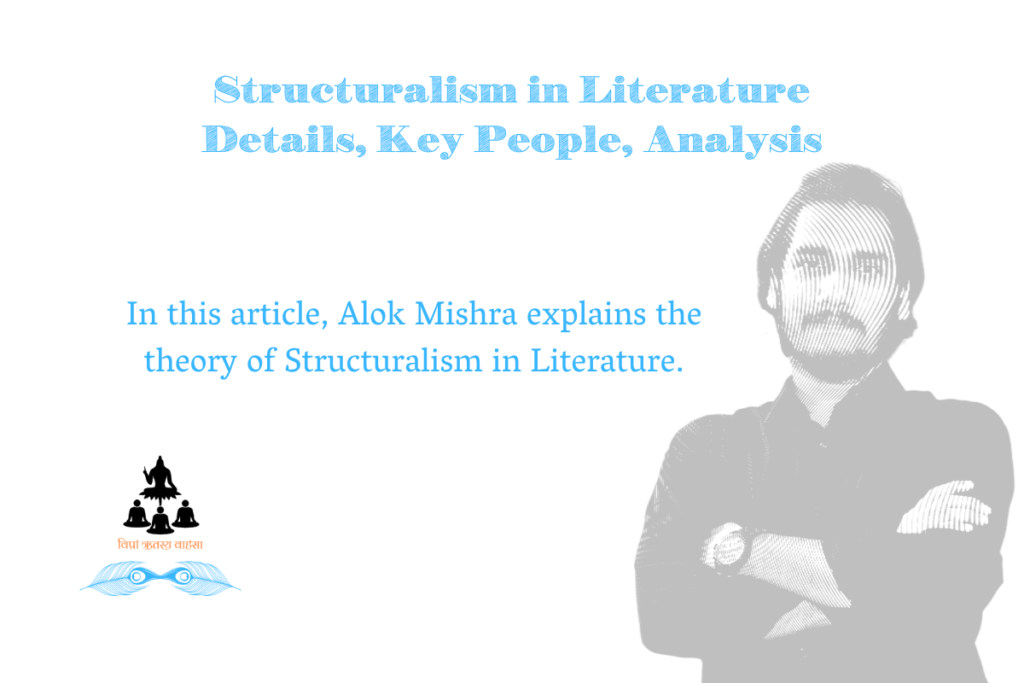What are the types of literary theories?
In the previous article, I have written about the basics or an introduction to literary theory. In this article, I will be writing about the different types of literary theory or the different schools of literary thought. Keep in mind that literary theories are established by critics from time to time. However, there are the established theories which remain popular and in practice for long compared to a few theories which fade away within years of their proposition. So, without doing the creative work of protracting this introductory paragraph, let’s get directly into finding out different types of literary theories.
Popular Literary Theories:
Though the chapters in the famous books on literary theories and criticism date back to the days of Plato and even Socrates, I will suggest you all read the book by Peter Barry. This will be best for you if you are a beginner and good for you if you know the basics already. Most relevant and the most reliable for your learnings in this field! Below, I will list the literary theories which are popular, academically discussed and debated and also the topics of many recent research works in the field of English literature. Here are some of the well-known literary theories and their basic idea:
- Structuralism: The theory of structuralism deals with the idea that any literary work follows a certain structure. To an extent, it is right but most of the time the theory has been erroneously extrapolated. This theory is majorly limited to academic research and scholarly discussions. Before I write a detailed article for this platform, you can read my old article which details this theory: Structuralism Literary Theory
- Deconstruction: Well, this is a theory that will be the most fascinating once you get hold of the basic tenets that Derrida tossed a random day in a seminar. It tells you to deconstruct things to zero and look for the subconscious, the loopholes, the white patches and colour them with your imagination… Once again, the theory is perhaps of no practical use when it comes to analysing a text every day. However, it is very popular among scholars and academic corridor debaters.
- Feminist & Gay-Lesbian-Queer Theory: Do I need to say anything else? The name is apparent enough and you can have a basic idea about this theory. Though the theory basically channelised itself with feminist roots, it gradually mutated to contain lesbian, gay and queer values. This is a very popular theory as far as understanding the literary texts from women-centric perspectives is concerned. Many research works are conducted every year by scholars with their theories at the centre of their propositions.
- Eco-Criticism: This theory became popular in the 1970s and 80s. In the 21st century, with the rise of global concerns about global warming and many other problems that our environment is facing globally, Ecocriticism is in demand once again. Many universities are encouraging their research scholars to find suitable research topics having Ecocritism as their base. You can learn more about Ecocriticism by reading this article: Ecocriticism
- Modernism & Postmodernism: As the name speaks for itself, this theory is mostly applied to the literary works that display the impacts of modernism and post-modernism movements in Europe (and the world). It traces out the cultural changes that began in the early 20th century and continued for 2-3 decades and the aftermath that the world saw after the wars. Post-modernism can be seen, at the outset, as a late re-looking into the lifestyle that was initiated in the 1970s and continued for almost two decades. Though drying the inks of publishers on the pages of books on literary theory, Modernism and Post-modernism have lost their relevance as we have already crossed two decades in the 21st century.
- Narratology: Though the name also connotes many aesthetic aspects of a work of literature, the theory mainly concerns with the study of various aspects related to the narrative in writing. For example, remember when the last time you were reading a novel. What do you remember? You must remember the main characters, major episodes or a few twists in the plot. However, now focus on who was telling you the story in that novel. That person was your narrator! And whether it was an interesting tale narrated or not, the art was narrative!
- New Historicism & Marxist Criticism: Though these two theories are distinctly possible, it is wise to understand them together. New Historicism concerns with the study of literary text and non-literary or reference text together. This is done in order to get a hold of the context that may have inspired the text or some events in the literary text. In other words, New Historicism concerns chiefly with the study of literary works in a given historical context. For example, you will try to find out how was the condition of society when Jane Austen was writing her novels. And on the basis of that, you will try to find out the social references in Austen’s work that may directly be influenced by the society she lived in. At times, this study becomes very helpful for students in understanding a literary text in context. Marxist Criticism, in the same line, tries to highlight only the events or references in any literary work by any author (Victorian and Modern authors are their soft targets) which gives them an opportunity to expose the class struggles, exploitation against the deprived and the poor section of society and so on.
- Colonial & Post-colonial Criticism: As the name aptly hints, this school of criticism is sharply focused on the study of literary texts (mostly written during the era of European colonial ventures itself) to unfold the confusions, chaos and deprivation brought by the uncalled for, irrational and lustrous invasions of the countries and societies, physically, culturally and consciously. The famous theory of cultural hybridity comes to play in this study. Post-colonial criticism deals with a special study of the texts that portray how the societies braced the changes after the end of colonial rules and their struggles in returning back to the normal and the leftovers or the residues of the colonial rules.
Though there might be other additions or subtractions to the list above, in its current form, the list with the best suitable divisions of literary theories is complete and the most relevant in the modern context of literary criticism practices. The next step will be understanding different kinds of literary theories one by one with their definitions, applications and relevance today. I will begin with the first on the list, Structuralism and I will continue writing until I reach to the bottom of this list. I am sure this series on literary theory and criticism by English Literature Education will be useful for the students of literature. Once the article comes live, you will see a link to the next article in the series below. Those who have come to this article directly and want to read the previous article, introduction to literary theory, can click the link to the previous one below:
Previous article in the series (introductory): Literary Theory
Next article in the series: Structuralism
Written by Alok Mishra for English Literature Education





14 Comments. Leave new
This is absolutely good and easy to understand. Thanks enormously.
Thanks very much for this, this site is really awesome, I appreciate it.
I appreciate for this piece
Thank you it is understandable. But we still waiting more
It is very good introduction,author is very helpful to us all.We will learn from you from now.We can also do more to help people who are in need. My research direction is folk Literature.If intrested ,then contact me:[email protected]
I read it and well understood thanks
interesting
This`s superb. The world need such erudite people.
This article is very helpful.you really did a great job sir.God bless you Amen.
very resourceful
It’s amazing 😍
well profound
thank you!
You are welcome, Garima! All the best!